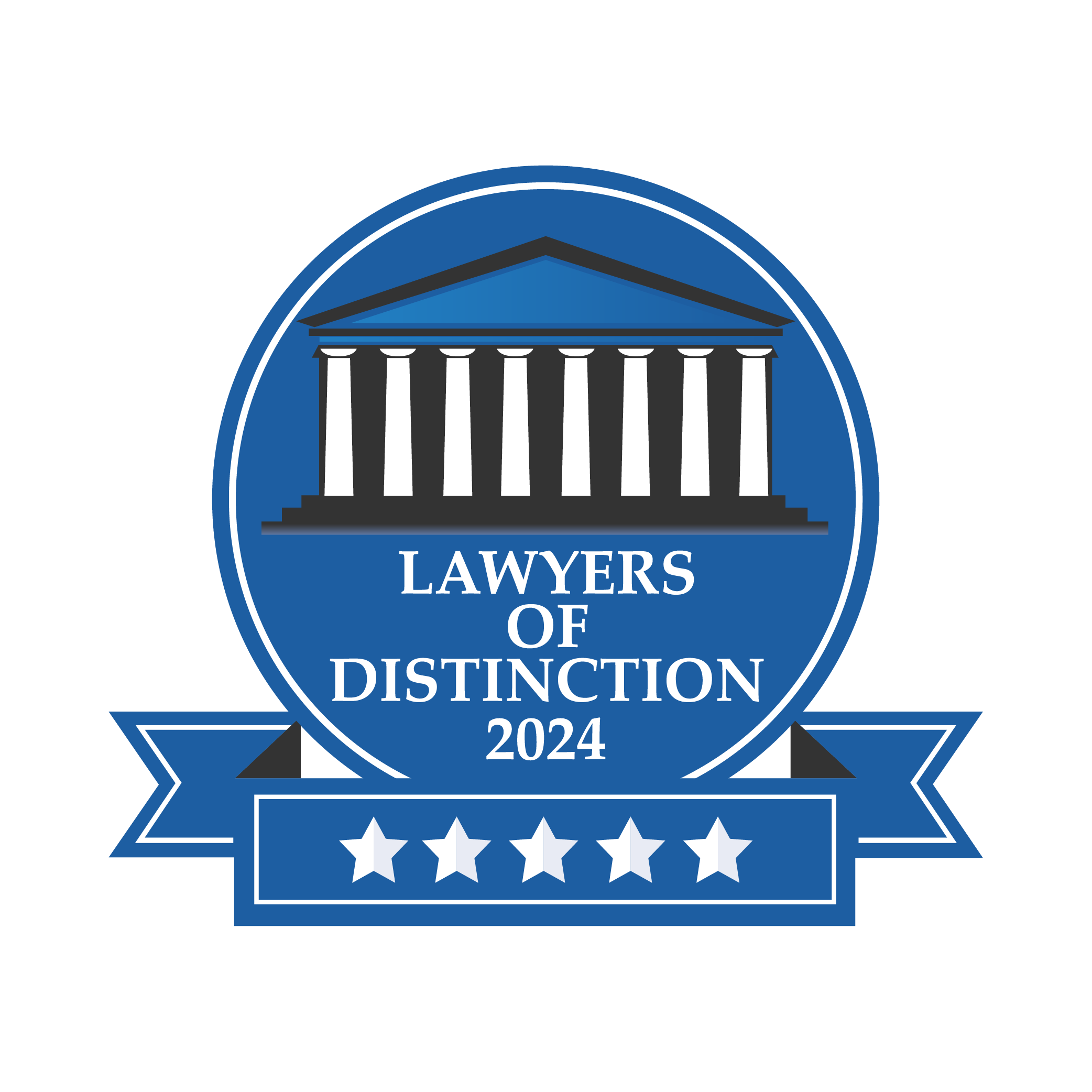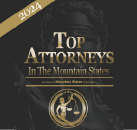To say car accidents are commonplace in America is perhaps a bit of an understatement. Consider just some of these alarming national road crash statistics:
- Over 4.4 million car accidents resulting in the need for medical attention occur each year on US roads.
- The economic impact of car crashes in the US is an estimated $871 billion.
- Among the high-income countries (Western Europe, Canada, Australia, and Japan), the US has the highest car crash fatalities.
With the prevalence of car crashes and resulting injuries, the contested issue of who’s at fault comes to the forefront of many legal battles. In this article, we’ll take a brief look at various car accident scenarios, who’s at fault, and how fault is determined. We’ll also see how a qualified attorney with extensive car accident scenario training can help victims sort out the legal complexities of determining fault and obtaining compensation.
Rear End Collision
A rear end collision occurs when the front of a vehicle collides with the rear of another vehicle. In this type of accident, whose fault is it? Three potential parties could be at fault:
- Rear driver: The rear driver could be at fault if they were found to be distracted, following too close, or driving too fast. The majority of rear end collisions will have the rear driver at fault.
- Front driver: If the front driver braked suddenly or reversed for whatever reason, they could be found at fault.
- Third-party: In some cases, neither the rear or front driver caused the accident. Third-party causes could involve poor weather or a mechanical defect.
Sideswipe Collision
A sideswipe accident is when two vehicles are traveling in the same or opposite direction and the side of one car collides with the side of the other car. The most common example of a sideswipe collision would be when two vehicles collide while changing lanes. To determine fault, juries will weigh evidence of negligence on both sides of the party. Juries will look at factors such as:
- Failure to signal before changing lanes
- Failure to check blind spots before changing lanes
- Distracted driving
- Suddenly speeding or slowing down when changing lanes
- Recklessly weaving in and out of lanes
If both parties contributed to negligence in the incident, juries would assign a percentage of fault to both parties. Depending on the state you’re in, principles of contributory or comparative negligence will apply when determining compensation.
Backing Up Parking Lot Collision
Of all the car crash scenarios, a collision while backing up in a parking lot can be the least dangerous due to the lower speeds. However, serious injuries and damages can still occur, especially if it involves pedestrians. Determining fault in a car accident within a parking lot will depend on the nature of the crash. One common parking lot collision is when a car backs up from its parking spot and hits another car traveling in the through lane. For the most part, vehicles traveling in the through lane will have the right of way. The car backing up will typically be assigned fault. Another common parking lot collision is when two cars collide when backing out from their parking spots on opposite sides of the same lane. In this case, both drivers have an obligation to check for safety before moving the vehicle. If the first vehicle is already backing out, other vehicles must wait before moving out of their spot. The second vehicle could be found at fault in this scenario.
T-Bone Collision
Due to the lack of side protection in a vehicle, a t-bone collision can be one of the most dangerous car accident scenarios. Who’s at fault will largely revolve around what caused the accident. The primary cause of a t-bone collision is when one vehicle fails to give the other vehicle the right-of-way. A driver blowing a red light or a stop sign at an intersection and then crashing perpendicular into another vehicle is a prime example. Fault will be assigned to the driver failing to give the right-of-way. Negligence can also be assigned to both parties. In addition to the driver who failed to give the right-of-way, the other driver could also be assigned fault if they were found to be speeding or distracted at the time of the incident.
Chain Reaction Collision
Suppose there was a chain reaction, three car crash. Who is at fault? Determining fault for this type of collision can be tricky due to the involvement of multiple parties. A chain reaction collision is when a crash between three or more vehicles are linked together. Consider this simple example: Car C → Car B → Car A | Red Light Both Car B and Car A are stopped at a red light. Car C, approaching the red light, is behind Car B and is attempting to slow down to avoid hitting Car B. However, due to texting, Car C did not slow down enough and hit Car B from behind. Due to the first impact, Car B then crashed into Car A. In this particular three car accident, the most obvious culprit would be Car C since they were texting and did not slow down enough. But, again, and although unlikely, partial fault could also be assigned to Cars A and B, if they were found to somehow be negligent in preventing the accident.
Valiente Mott
As you can see from these various car accident scenarios, who’s at fault can be a complicated issue to sort out. A vast array of legal considerations must be reviewed to make the correct decision. That’s why it’s vital you contact a qualified car accident attorney in Las Vegas immediately after a crash. The Valiente Mott law firm is here for victims, helping them with complex legal proceedings, insurance claims, and more. Contact us today for a free consultation!

